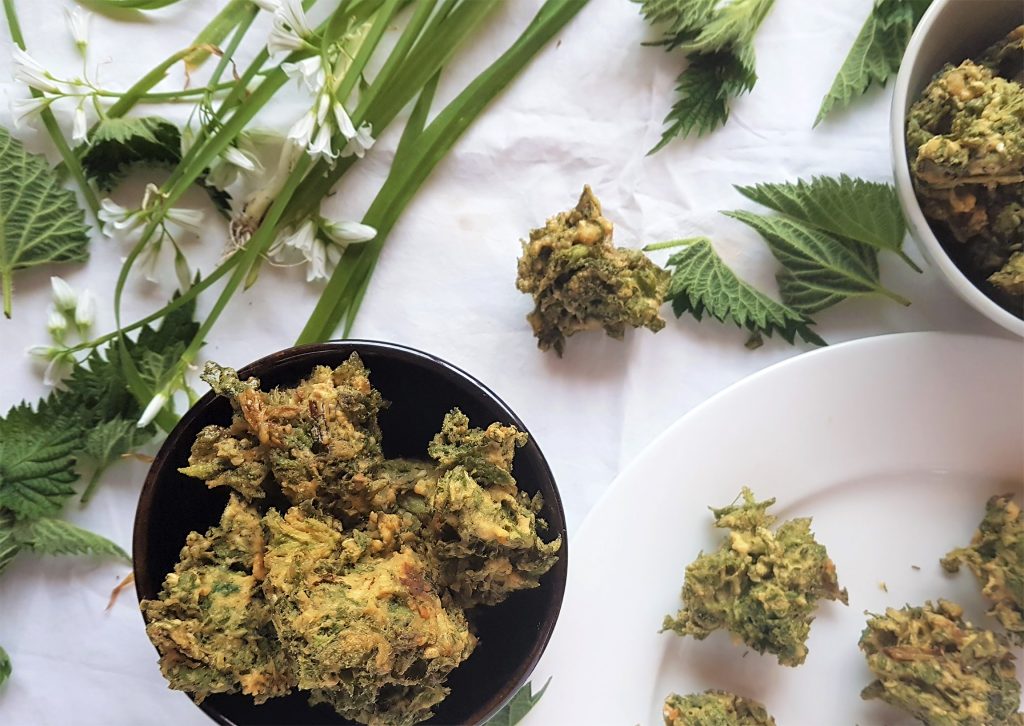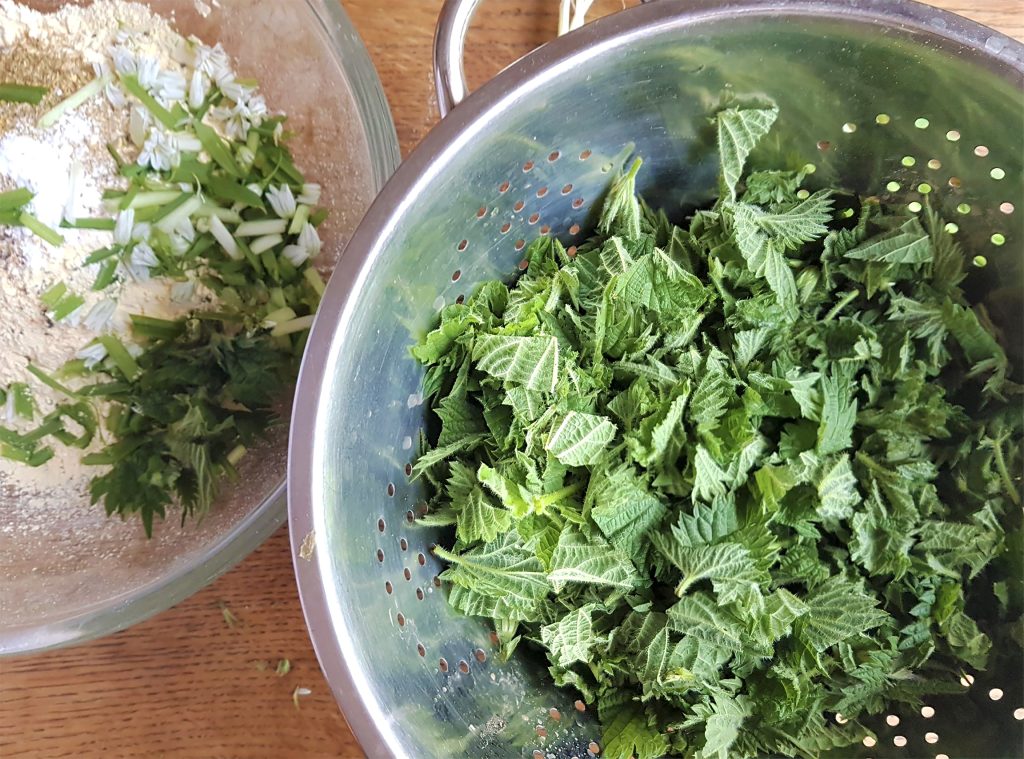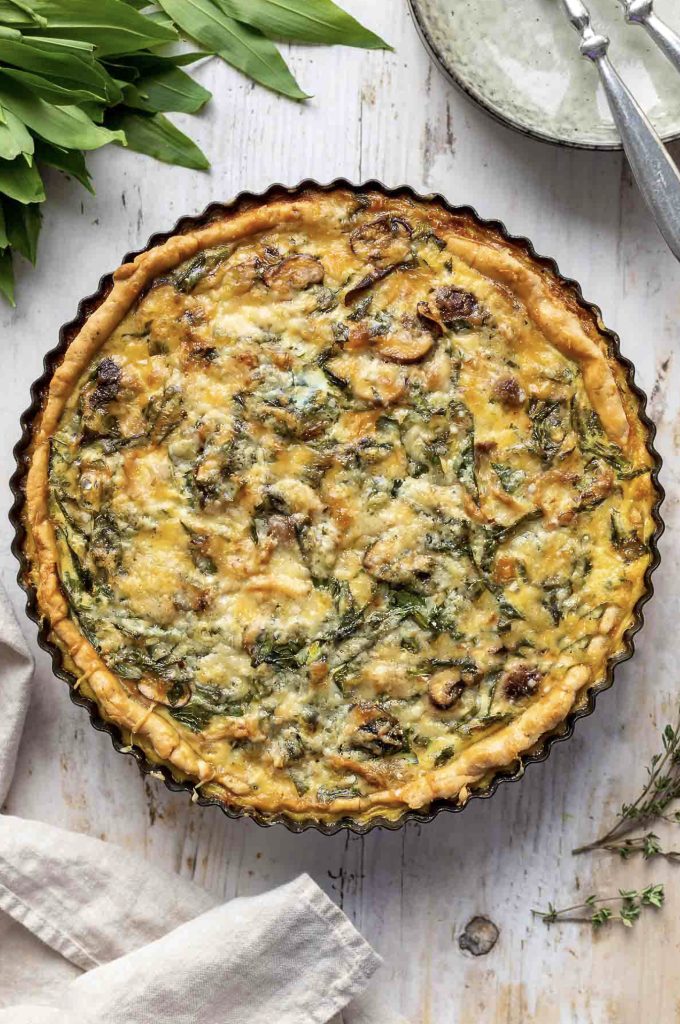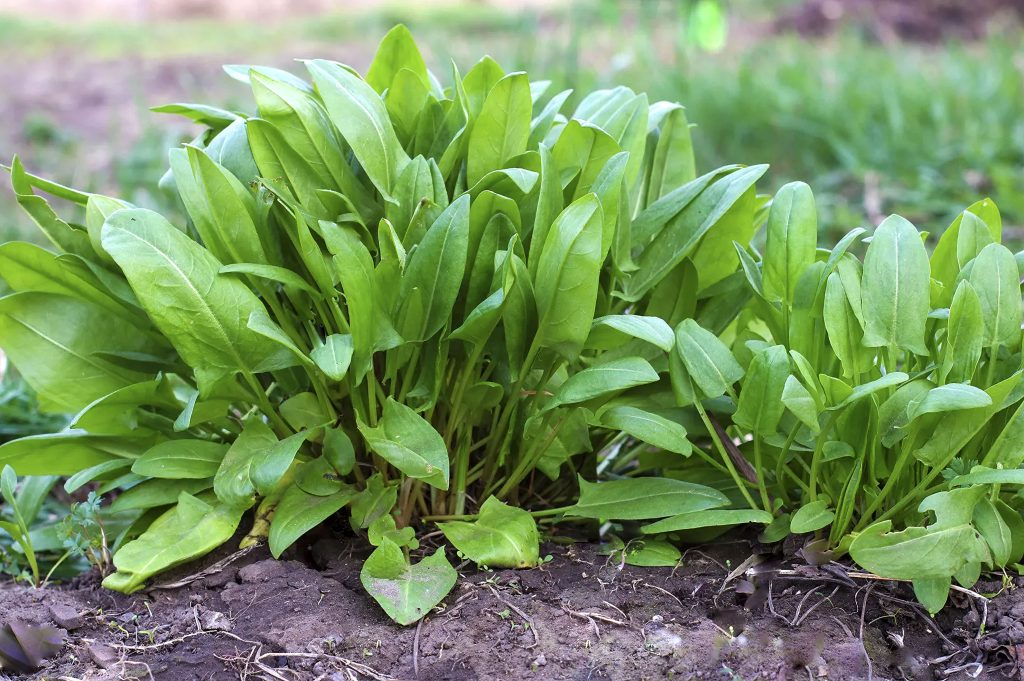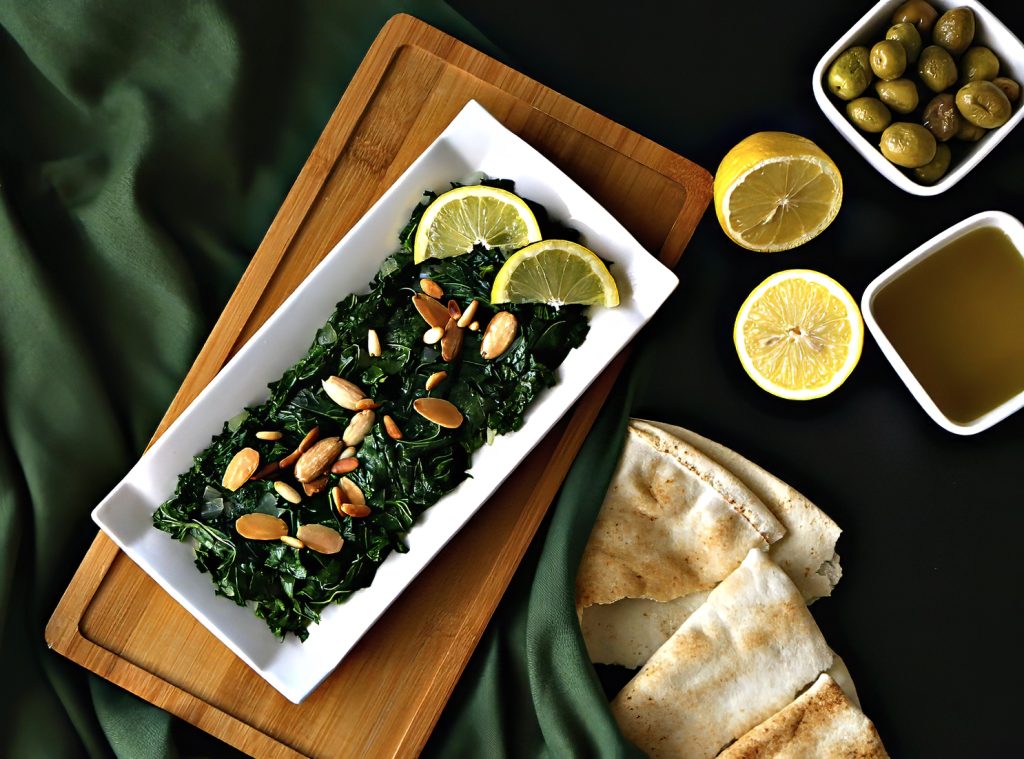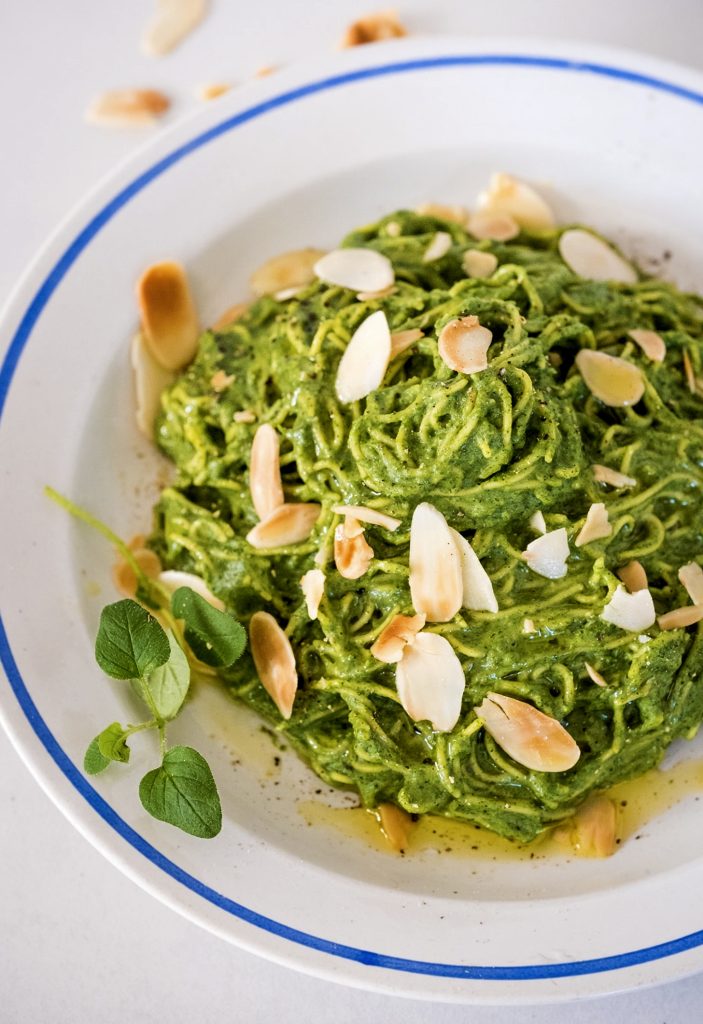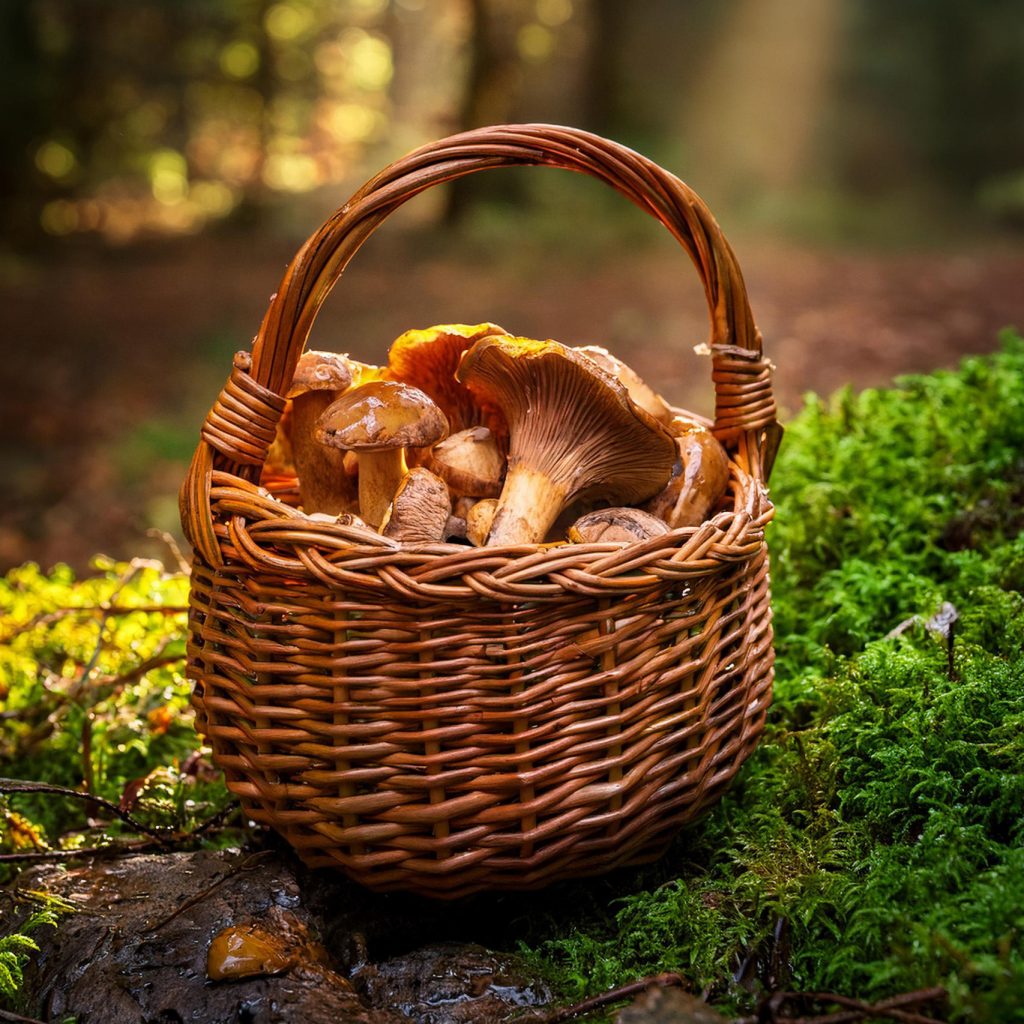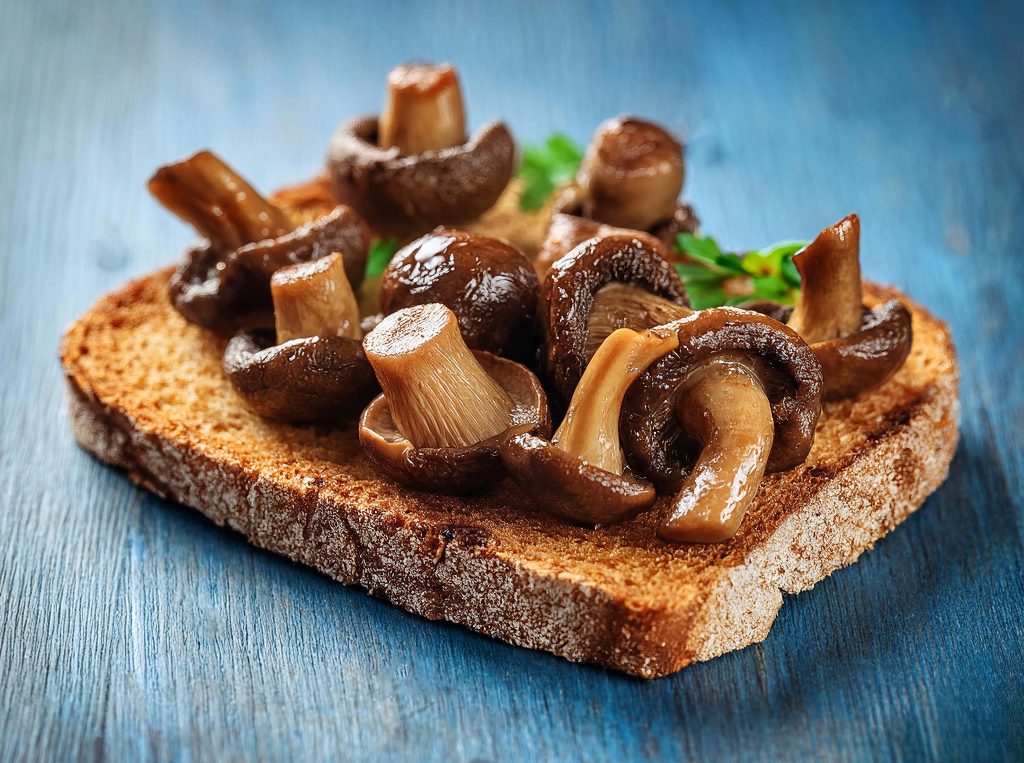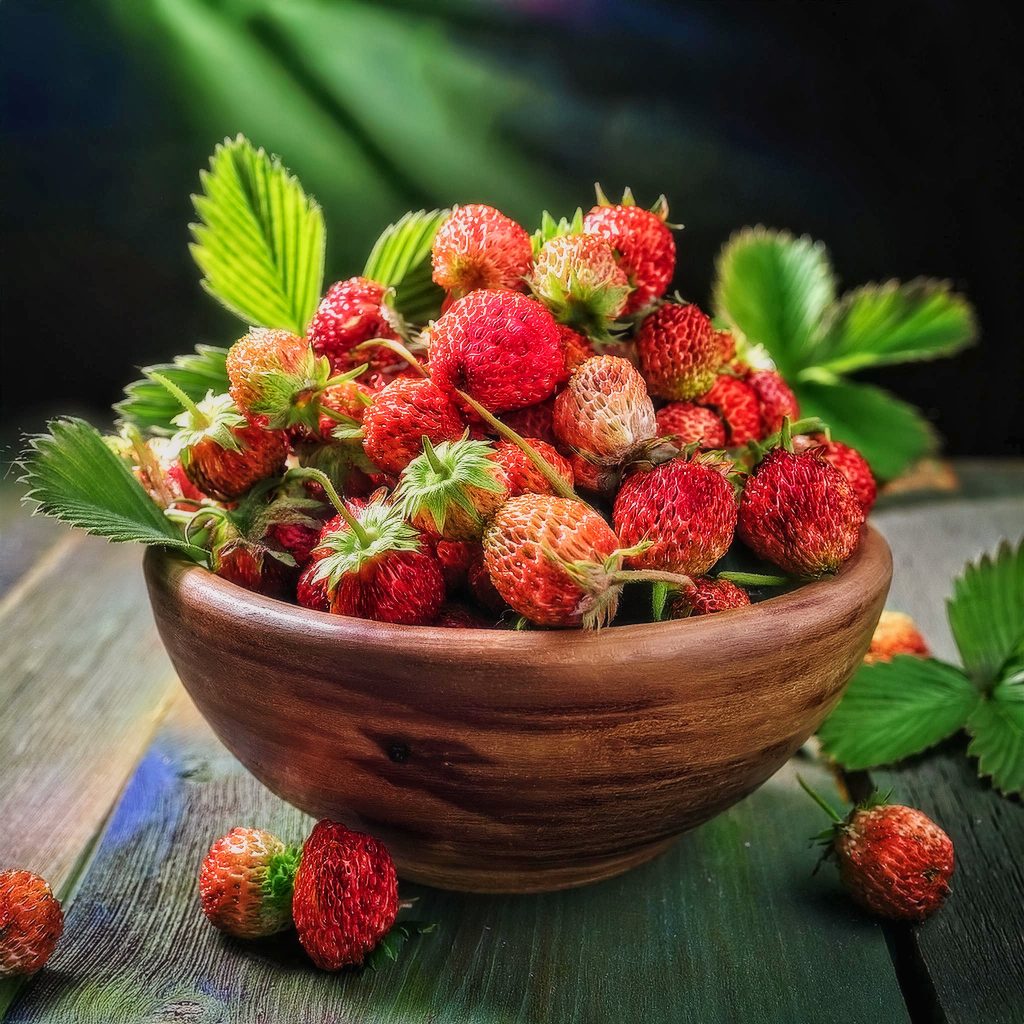In the dappled light of early spring, the forest floor comes alive with the vibrant green of new life. Among the soft carpets of moss and leaf-littered paths, young nettles rise—tender and vivid, their sting still fierce but their flavour at its peak. Nearby, the last of the wild garlic lingers, its long, elegant leaves tapering like whispers of the season that’s beginning to turn. The air hums gently with the earthy scent of wet soil and the faint garlicky aroma that signals this forager’s treasure.
Gathering nettles requires care—gloves to ward off their sting and a patient hand to pluck the topmost, youngest leaves. These are the softest, full of the green vigour that makes them perfect for cooking. The wild garlic, growing in shaded clusters, is just starting to fade, its leaves broad and deep green, carrying that unmistakable pungency. Together, they form a wild, seasonal pairing that captures the very essence of spring’s fleeting energy.
Back in the kitchen, these humble greens are transformed into an Indian-inspired snack that bursts with flavour and texture—pakoras. The nettles are quickly blanched, taming their sting while preserving their earthy, mineral-rich taste. The wild garlic is chopped finely, lending its bold notes to the mix. Into a bowl they go, combined with gram flour, chopped onions, green chilli, cumin seeds, and a scattering of fresh coriander. A touch of turmeric gives the batter a golden hue, while a squeeze of lemon lifts the flavours.
The mixture, thick and spoonable, is dropped into hot oil, sizzling into crisp, craggy fritters. Each pakora emerges with a delicate crunch, the inside steaming and soft, the greens melting into every bite. The nettles bring a grassy depth, while the wild garlic infuses the fritters with warmth and pungency.
Served with a cooling mint yogurt or tangy tamarind chutney, these pakoras are more than a snack—they are a celebration of the land’s first gifts, a nod to traditional Indian flavours, and a moment of culinary alchemy. Foraged with care and cooked with intention, they embody the spirit of spring: fresh, fleeting, and absolutely unforgettable.
- 260 g chickpea flour (gram flour)
- 2 tsp sesame seeds
- 1 tsp turmeric
- 1 tsp red chilli powder
- 1 large pinch of asafoetida
- 1 large pinch of baking powder
- 1 tsp sea salt
- 2 tsp cumin seeds, ground
- 2 tsp coriander seeds, ground
- 1-2 green chillies Handful three-cornered leek (or wild garlic)
- 100 g nettle tops
- 250 ml water
- 500-1000 ml vegetable oil
- In a large mixing bowl, combine the chickpea flour, sesame seeds, turmeric, chilli powder, asafoetida, baking powder and salt.
- Freshly grind the cumin and coriander seeds and add to the mix.
- Finely chop and deseed the green chillies and add in, combining well.
- Next, wash and chop the three cornered leek and stir in.
- Wash and roughly chop the nettles; use wooden spoons to move them around and cut with scissors.
- Gradually add two thirds of the water. Allow the mixture to rest. Check the consistency, you’re wanting a wet batter, though not watery. Add the rest of the water if necessary.
- Prepare a couple of large plates with absorbent paper kitchen towel on (I didn't have any so just placed them on a dry plate).
- Heat the oil over a medium to high heat in a large pan or deep fat fryer - I used a wok and turned them to cook both sides.
- Test to see if the oil if ready by dropping a small amount of batter into the oil. If the oil is hot enough the mixture will sink to the bottom then float straight to the top again.
- Using 2 teaspoons, shape the mixture into firm balls, each about the size of a very heaped teaspoon.
- Fry each pakora for 3-5 minutes, turning if needed or until golden brown, remove with a slotted spoon and place on the kitchen towel.
